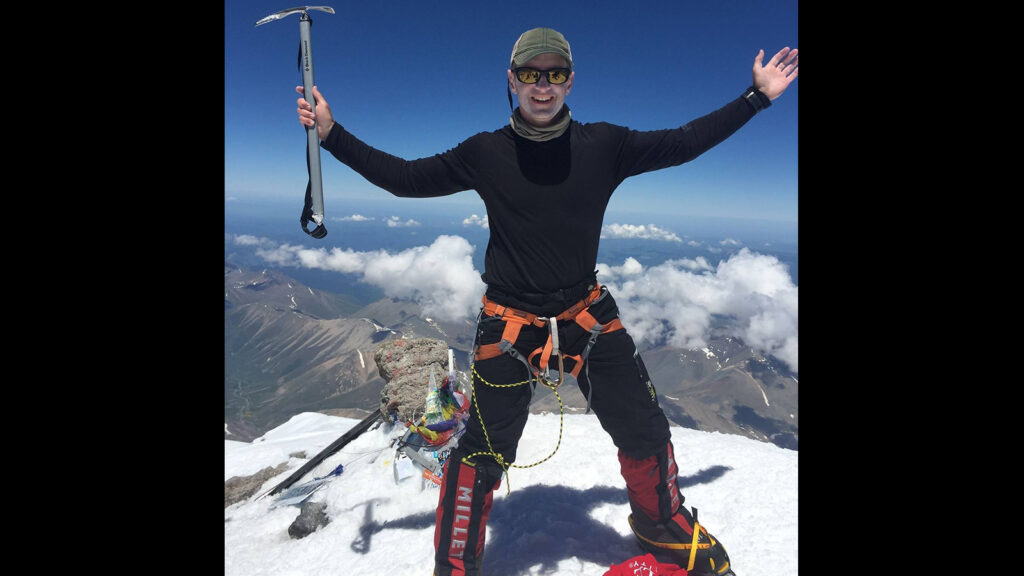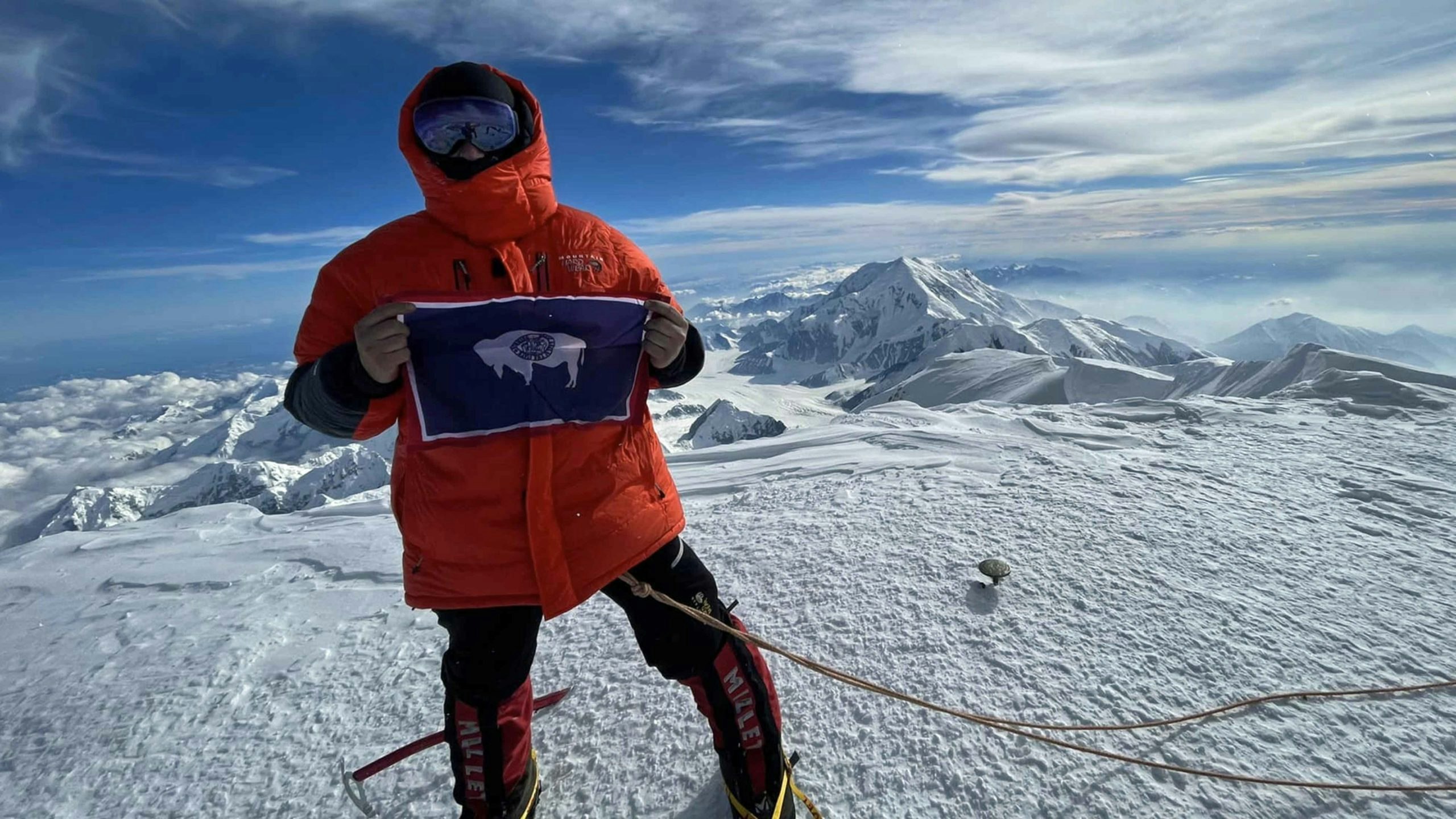Outdoor adventure has been calling Dr. Joe McGinley all his entire.
Whether it was grueling triathlons, whitewater kayaking or any other of a wide range of edgy activities, he’s down for it.
But it wasn’t until just a few years ago that mountaineering crossed his mind.
“A friend invited me to climb Mount Kilimanjaro, the highest mountain in Africa, so I thought I’d give it a go,” McGinley told Cowboy State Daily. “I did that, and I had a blast. So, I just kept going one mountain at a time after that.”
His next target is the world’s tallest peak, Mount Everest – which soars to an altitude of 29,031 feet, 8.5 inches at its summit on the China-Nepal border in the Himalayas.
He plans to set out from his home in Casper on April 30 and be on the mountain by May 2 or 3.
“We plan to have it (the ascent and descent of Everest) done in 10 days or less,” he said.
Seven Peaks On Seven Continents
McGinley’s driving goal has been to achieve the hajj of mountaineering – “Seven Peaks on Seven Continents,” one of the sport’s most prestigious accomplishments.
It involves climbing the highest peak on each of the seven continents. Those include Everest in Asia, Kilimanjaro in Africa, Mount Elbrus in Europe, Denali in North America, Mount Aconcagua in South America, Mount Kosciuszko in Australia and Vinson Massif in Antarctica.
McGinley conquered Denali in Alaska, widely considered to be one of the most difficult ascents, last June.
That left only Everest and Vinson Massif to be climbed.
Once the Everest climb is completed, McGinley hopes to set out for Antarctica and Vison Massif in December, or January 2024.
“Vison Massif is about 16,000 feet high, so it’s not the most difficult climb. The challenge comes in the travel to get to Antarctica, and the extreme cold once you’re there,” he said.
Once the “Seven Peaks” are done, what’s next?
“The ‘Grand Slam’ of outdoor adventure is the Seven Peaks on Seven Continents, plus traveling to both (North and South) poles. So, I guess I’m going to have to start planning trips to the poles,” McGinley said.
‘Rapid Ascent’
McGinley is a sports medicine physician and founder of McGinley Orthopedics. That means he must plan his adventures around a demanding work schedule.
Mountaineering ventures usually take weeks, or even months.
“Everest typically takes 45-60 days,” he said.
And McGinley just doesn’t have that much time to spare.
So, he uses an approach called “rapid ascent.”
The base camp for Everest is at an elevation of 17,000 feet. Most climbers spend 14 days hiking in to base camp, allowing their bodies to gradually acclimate to the altitude as they go.
McGinley plans to be helicoptered in and dropped off at base camp right away.
“You have to be acclimated to that altitude the minute you step off the helicopter,” he said. “If you’re not prepared for that, well, most people would get sick and pass out.”

Low Oxygen Preparation
McGinley prepares his body ahead of time by breathing “low oxygen air” to simulate conditions at extreme altitudes.
“I sleep with what is essentially a sealed tent over my bed, with a generator blowing in low-oxygen air that simulates an altitude of 18,000 feet,” he said. “I regularly workout on a treadmill breathing through a mask with air that simulates 24,000 feet in altitude.”
He’s also been climbing Casper Mountain almost every day, wearing a 70-pound weighted vest to “simulate the strain of climbing with all of my gear,” he said. “Even on the days when it’s been snowing and 20 below zero, I’ve been climbing Casper Mountain.”
Oxygen tanks and sherpas, or people who help carry gear part of the way up, aren’t allowed on Denali, McGinley said.
On Everest, he will be with sherpas and guides, and past a certain altitude, they’ll use oxygen tanks to help them breathe, he said.
More Adventures To Come
At 48, McGinley said he has no plans to retire from outdoors adventuring anytime soon.
“Age isn’t really as much of a factor as conditioning and mental toughness,” he said. “For example, on Everest, there are people in their 60s and 70s who still do it. I think the age record for climbing that mountain was set by somebody in their late 70s.”
He said he’s driven by the challenge, and also getting to see and experience things many people never will.
“The views you see climbing up those mountains are absolutely stunning,” he said. “And even when you’re sitting in a base camp that’s above the clouds, and you’re seeing those clouds roll in like an ocean, it’s indescribable.”





